Unveiling the Unforeseen: A Detailed Editorial Analysis of the Humbling 2024 Lok Sabha Elections
- Jagneet Singh

- Feb 12
- 4 min read
Indian politics have evolved with the Lok Sabha elections of 2024. Under Bharatiya Janata Party (BJP), the National Democratic Alliance (NDA) discovers unanticipated challenges and loses the majority it previously possessed. Rising as a strong challenger and pointing to a new trend in Indian political scene is the INDIA alliance.

The electoral outcomes of the NDA and the INDIA coalition, the shocking shortcomings in exit polls and commentators, and the resurgence of regional parties are discussed in this blog post. Every one of these elements has been very important in directing this election. We will also consider how these events might shape India's political landscape.
Political Context preceding the Elections

Before the 2024 elections, the political milieu was rife with expectations. Gaining from solid leadership and earlier election successes, the BJP seems prepared to maintain its control. Still, concerns about social programs, economic challenges, and regional dynamics' handling were altering voter sentiment.
Originally formed as a coalition of many opposition groups seeking to overthrow the BJP's administration, the INDIA alliance included among others the Congress and the Trinamool Congress. Their basis in significant states implied a possible shift in voter allegiance. In areas like Maharashtra and Uttar Pradesh, the coalition pushed public perceptions of local problems such rising petrol prices and limited employment prospects.
Election outcomes
It was clear when the election results came out that the forecasts were quite off. The BJP lost its majority in the Lok Sabha with barely 240 seats, while the INDIA coalition achieved noteworthy development, especially in areas the BJP had traditionally governed.
Examining the performance of the NDA

The NDA's election results revealed clear weaknesses in its methods of voter participation and marketing. Rural misery brought on by urban discontent about unemployment and agricultural failures really resonated. The BJP's seats fell from 62 to just 33 in Uttar Pradesh, underscoring how local economic unrest impacts events.
The BJP especially came under fire for both a delayed salary rise and increasing inflation, which pre-election came out at 7%. From the difference between popular expectations and government performance, voter support fell really dramatically. For many observing the elections, the NDA fell short of expectations even though it obtained the majority of the 543 seats at hand (293).
The Ascendance of the INDIA Alliance

The approach of the INDIA coalition focusing local issues and combining various regional opinions attracted voters especially in great quality. By addressing local problems, they acquired support in areas including Maharashtra, where they earned a 15-seat increase, and Rajasistan, where they obtained double-digit seat representation, rising from zero in the last election.
By means of its "unity in diversity" basic idea, the coalition assisted members such as Congress and Trinamool Congress in building a cogent alliance, therefore demonstrating the power of cooperation to generate important political success.
Failure of exit surveys and poll analysts
As the elections neared, different exit polls and analysts anticipated an obvious NDA victory. Still, the unexpected results have spurred critical debates on the pollster techniques applied. Many forecasts depended on out-of-date models that ignored public opinion changes. A survey projecting the NDA would ignore the prevailing anti-incumbency attitude and the demand of the voters for party diversity.
Reversal of Union Legislative Single-Party Rule
This election represents a coordinated appeal to question the hegemony of one party. The fall of the BJP suggests that people want for a political framework allowing several points of view. Better regional representation demanded by the voters let local parties strengthen their presence in places like Uttar Pradesh, where regional organizations went from 10 to 41 seats (37 Samajwadi Party + 2 Rashtriya Lok Dal + 1 Apna Dal + 1 Azad Samajwadi Party (KR). This group vote highlights the necessity of many points of view in Indian democracy and the direction toward coalition politics.
The Revival of Regional Actors
Regional parties clearly came back in the 2024 elections under the BJP's fall-off. Local political dynamics changed when regional groups and alliances gained momentum again in states including Maharashtra, West Bengal, and Uttar Pradesh.
Having seventeen seats in Maharashtra, the SS UBT (Shiv Sena Udhav Balasaheb Thakrey) and NCP SP (National Congress Party Sharad Pawar) proved their local appeal and the need of regional representation among the electorate. This shift reveals the crucial role regional players could perform in the future government.
Congress's Awakening

The Congress Party's rebirth suggests an almost unbelievable once-unthinkability. In states such Haryana, Rajasthan, Maharashtra, and Karnataka, they gained notable election victories, therefore restoring their supremacy and ensuring 99 seats nation-wide.This comeback shows the party's adaptability and capacity to satisfy evolving voter expectations. Combining seasoned lawmakers with youthful leaders restored their strategy and drew a voting base yearning for change.
Possibilities for Indian Politics
The outcomes of the 2024 elections will significantly change the political landscape of India. The decline of the BJP from a majority stance signifies a basic shift in the voting dynamics of India.
As regional actors gain influence, a shift to a coalition-based governance model could be followed. Emphasizing local problems in governance, this new dynamic will demand cooperation across different entities. The increasing desire of voters for attention to regional issues is reflected in the increased debates on how to execute government initiatives. Furthermore, an emphasis on coalition politics could provide a more inclusive environment in which the process of decision-making shows several interests.

Still, given the latest assembly polls in Delhi, Maharashtra, and Haryana, the BJP is still the most powerful force nationwide even if it has lost the majority in the parliament.
Notes for Final Thoughts
Indian politics have evolved with the Lok Sabha elections scheduled for 2024. The fading NDA, the emergence of the INDIA alliance, and the rebirth of regional players indicate to a new phase of political existence. Political players have to closely contact with the people as they evaluate their future. Not only is it a trend; but, a crucial component of maintaining a robust democracy to recognize the need of different representation. Voters are becoming more empowered; thus, this important event could highlight future political involvement in India.
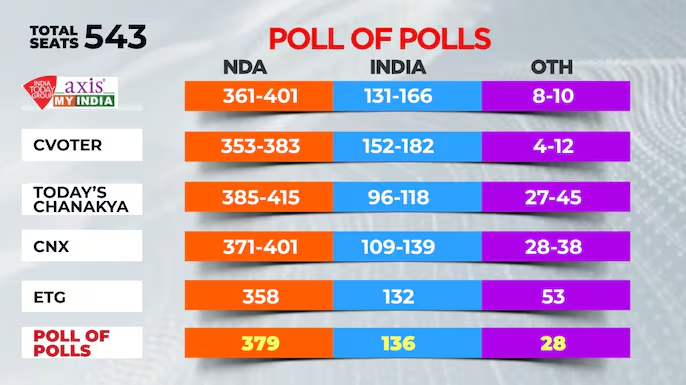


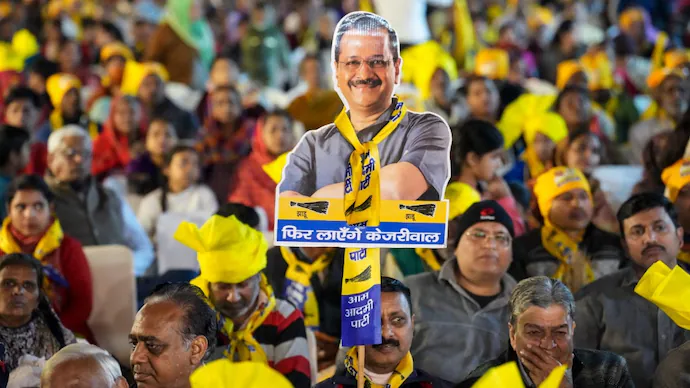



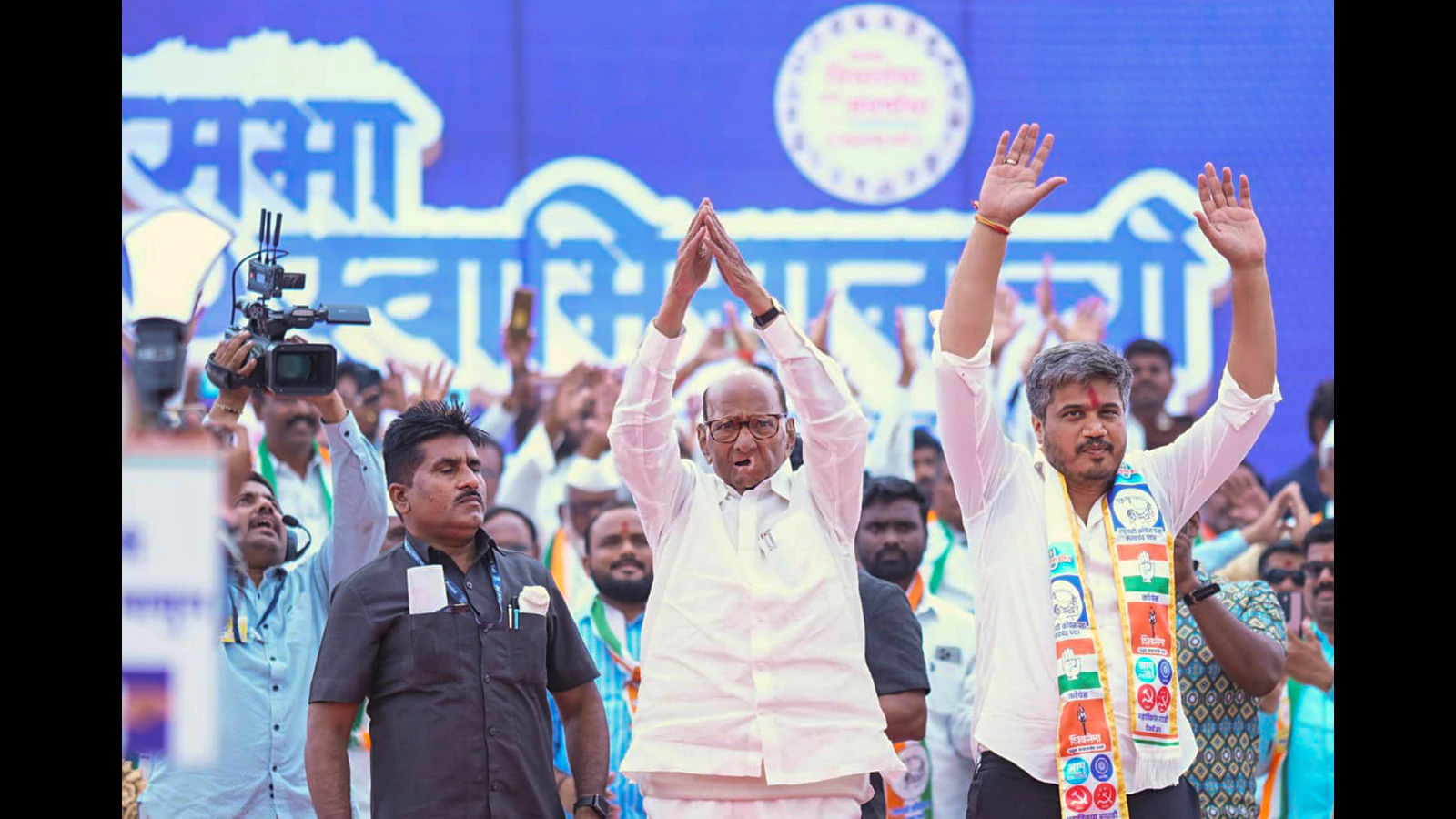
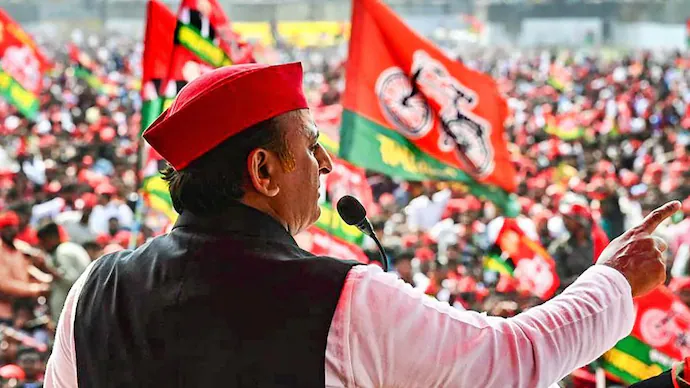
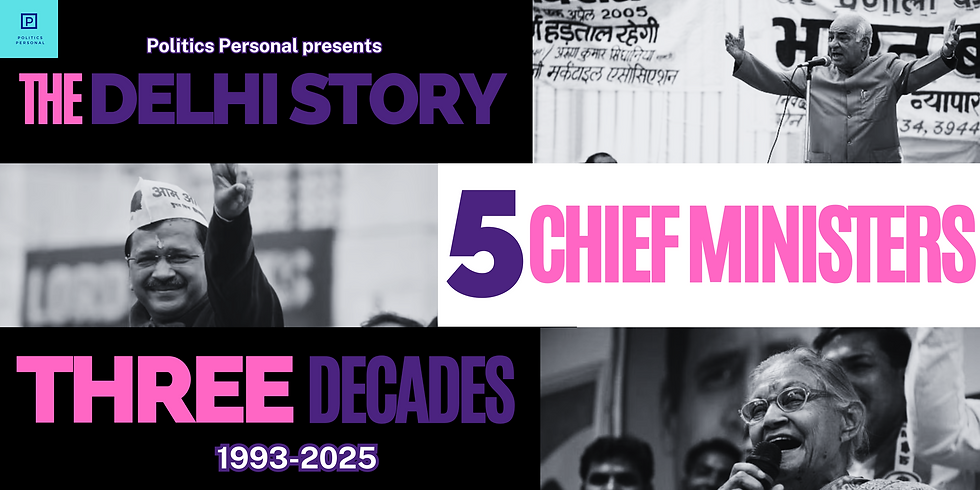



Comments